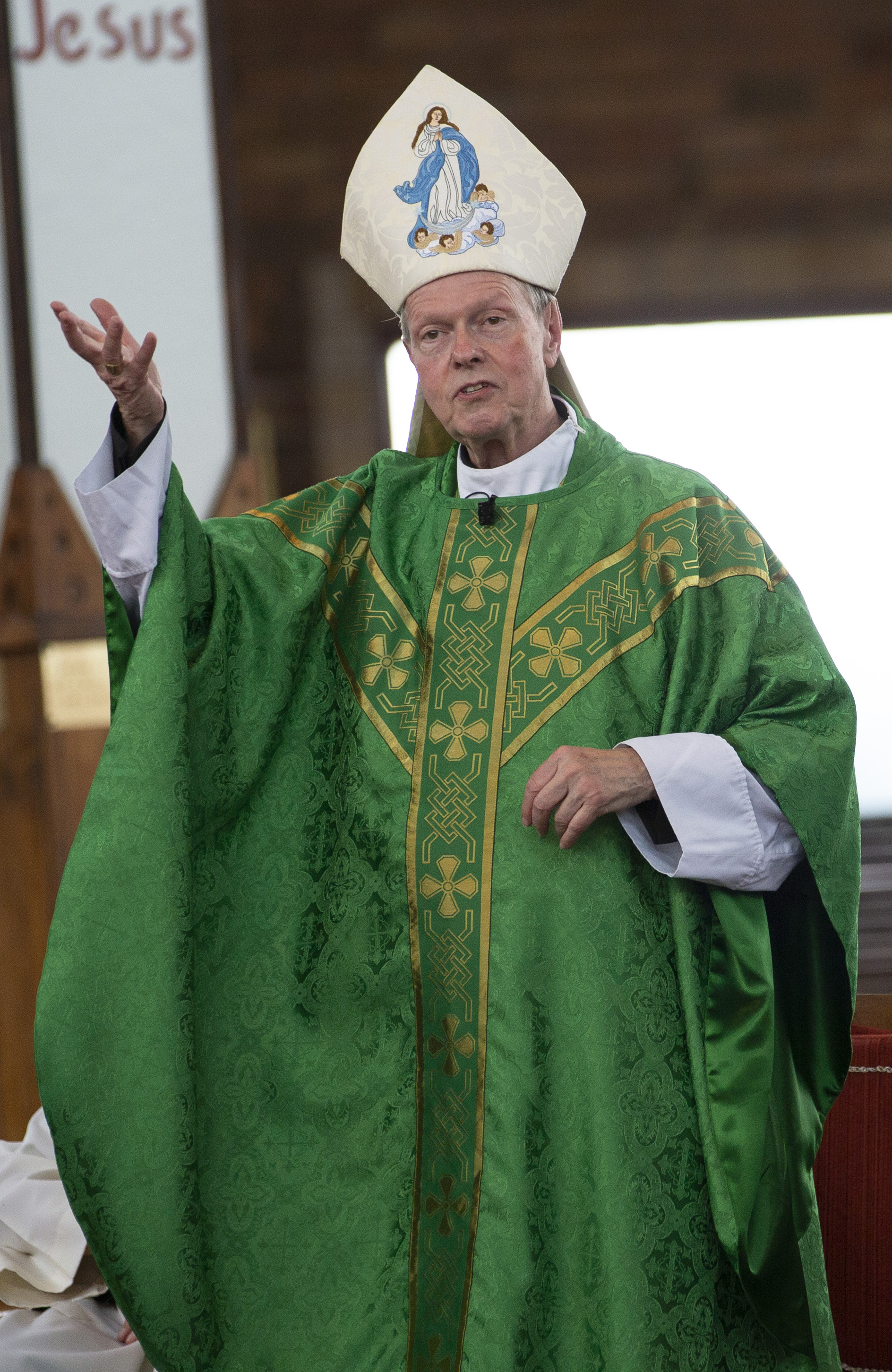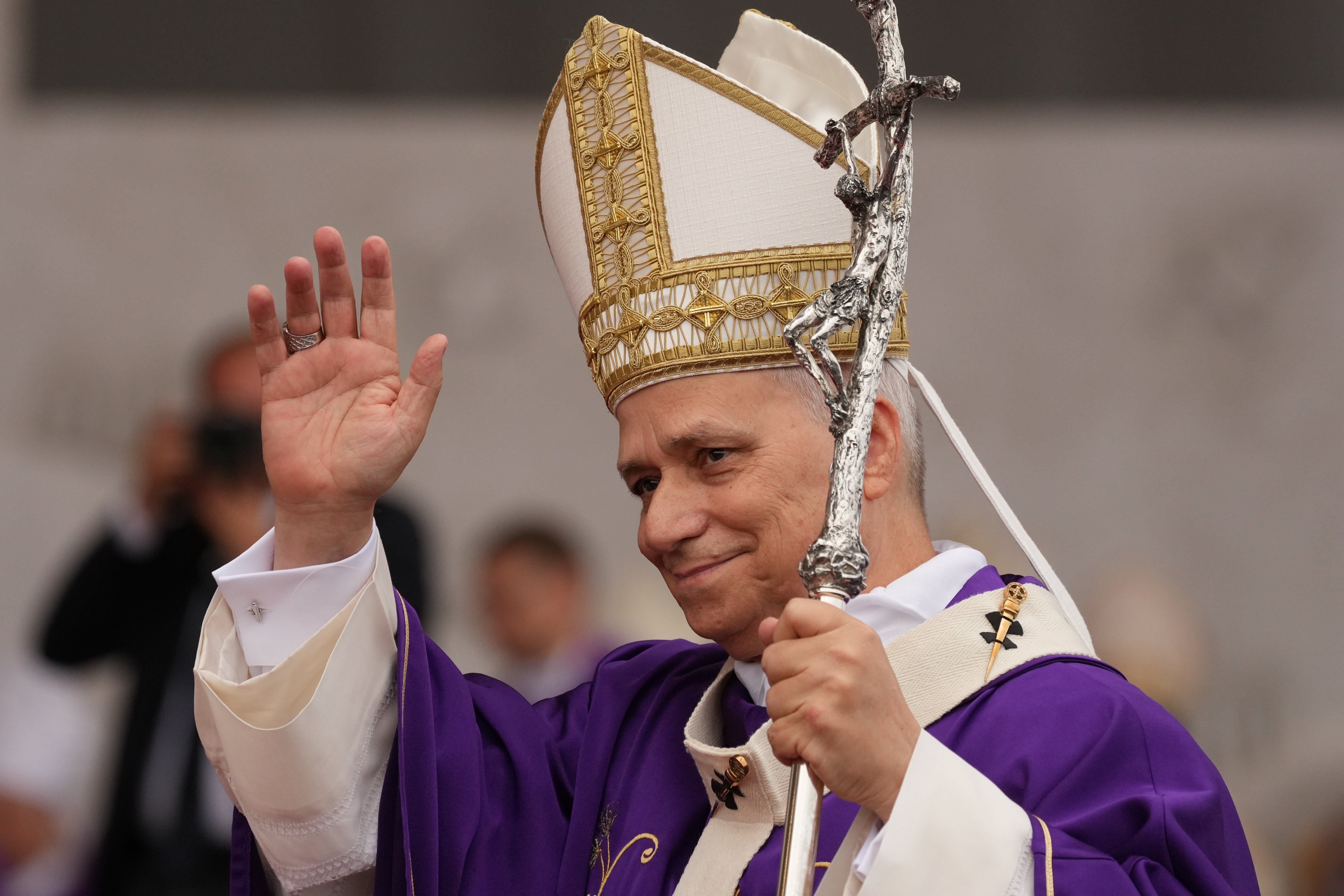February 13, 2019 at 7:58 p.m.
Walk to heal your soul
Albany man recalls his life-changing journey on the famed Camino de Santiago in Spain
Bottles of wine, maps on paper napkins and close to a million steps of hilly, complicated terrain. In summary, this is the Camino de Santiago.
The Camino, also called the “Way of Saint James,” is a 500-mile-long pilgrimage route that spans from France into Spain, leading to the shrine of the apostle St. James the Great in the Cathedral of Santiago de Compostela.
Pilgrims can start the walk from various locations, but the most popular route is leaving from St. Jean-Pied-de-Port, France, and arriving in Santiago, Spain at the steps of the Cathedral of Santiago de Compostela where all the pilgrimage routes converge.
The Camino is walked every year by thousands of pilgrims, and for a trip that would appear to be taken only by most audacious and daring of travelers — walking 500 miles is not for the faint of heart — the Camino is often undertaken not as means of wild adventure, but as a way of spiritual healing and peace of mind.
“It refreshes your soul,” said Patrick DeVaney, parishioner at Blessed Sacrament parish in Albany. “There was something I needed to do, and I just knew I had to go.”
Mr. DeVaney walked the Camino over the course of six weeks in 2014. Since his first trip, he has completed four Caminos and walked more than 2,000 miles.
After such a memorable first trip, Mr. DeVaney wrote a book about his experience, titled “Two Million Steps.” In his book, he talks about the daily trials and wonders while on the Camino, the people he met, the inner demons he battled, and the personal rebirth he gained from his journey.
Mr. DeVaney first heard about the Camino years before walking it. It was always on his bucket list, but life and finances kept the trip from happening. It wasn’t until Mr. DeVaney began struggling with depression that he thought about the trip again.
“My inner demons floated to the surface in the form of a mild mid-life crisis,” Mr. DeVaney writes in “Two Million Steps.” The final straw came in 2013, when his nephew was injured while serving in Afghanistan. Mr. DeVaney found that doing something for his nephew, and getting to “retake the reins on my life,” came in the form of walking the Camino.
It took Mr. DeVaney seven months to prepare for the trip. He trained each day by walking a couple of miles — sometimes with a backpack — and increased his daily number of miles as his departure date approached.
Packing was a process, too; everything he took with him would have to be carried on his walk. The total weight of his backpack needed to be no more than 10 percent of his body weight.
Finally, in May 2014, Mr. DeVaney departed for St. Jean-Pied-de-Port. When describing the Camino, Mr. DeVaney said the pilgrimage unfolded in thirds: “The first third being for the body, the second for the mind, and the last for the soul.”
On a typical day, Mr. DeVaney would wake up early and set off on the day’s walk, following the map and the Camino markers — typically emblazoned with the scallop shell, the symbol of the pilgrimage — set up in the various towns he would pass through. On an average day, Mr. DeVaney walked 13 to 15 miles.
Some days, he would see few people he knew, other days he would see hundreds of other pilgrims. Despite walking the Camino alone, meeting other pilgrims was an easy task: “You had to try to not make friends,” he said.
Mr. DeVaney said people came from across the globe to make the pilgrimage; some had just lost their spouse and were looking for a renewal, others came for their own spiritual growth.
There were times when Mr. DeVaney said he wasn’t sure if he would finish, but that the Camino always found a way to keep him going. In the end, he found himself returning the favor to other pilgrims: “There were times I came upon people in the middle of nowhere who were just too tired to go on… I would relieve them of their backpack and encourage them to walk with me.”
For Mr. DeVaney, walking and being alone gave him a chance to think back on his life: “The first couple of weeks, I thought about my family, friends, business and how I can improve my life,” he said. “After a month of walking, I ran out of things to think of and literally dissected my entire life as far back as I could remember.”
The process was like “getting into a time machine and going back to the beginning,” he said. While looking back at his life was “both painful and emotional, in the end, I felt my soul was healed.”
At the end of the Camino, Mr. DeVaney said the sight of the Cathedral of Santiago de Compostela — which marked the end of the pilgrimage — brought him to tears: “It was depressing,” he said, because after two months of walking, the end had finally come.
Mr. Devaney had passed through more than 170 towns, saw more than 100 churches and walked a million steps on his 500-mile journey. Despite all its hardships, Mr. DeVaney said, “it had been the best six weeks of my life.”
For information on how to walk the Camino de Santiago, visit macsadventure.com. To purchase Patrick DeVaney’s book “Two Million Steps,” visit https://www.twomillionsteps.com/.
- Venezuela strikes, takeover plans violate international law, says Notre Dame scholar
- Pope Leo, bishops react to US capture of Maduro with concern for Venezuela
- Washington Roundup: Trump drops National Guard deployment, Roberts says Constitution remains ‘firm’
- Kentucky, Wisconsin bishops issue statements affirming dignity of migrants
- Son of Catholic influencer, prayed for by thousands, dies
- Israel bans dozens of aid groups from Gaza, including Caritas, drawing condemnation
- Trump’s order and Pope Leo’s vision for regulating AI: Can they converge?
- ‘Be open to what the Lord has in store for you,’ Pope Leo tells SEEK 2026 attendees
- Become a member of the Magi
- Full text: Pope Leo XIV Angelus address on Jan. 1, 2026








Comments:
You must login to comment.